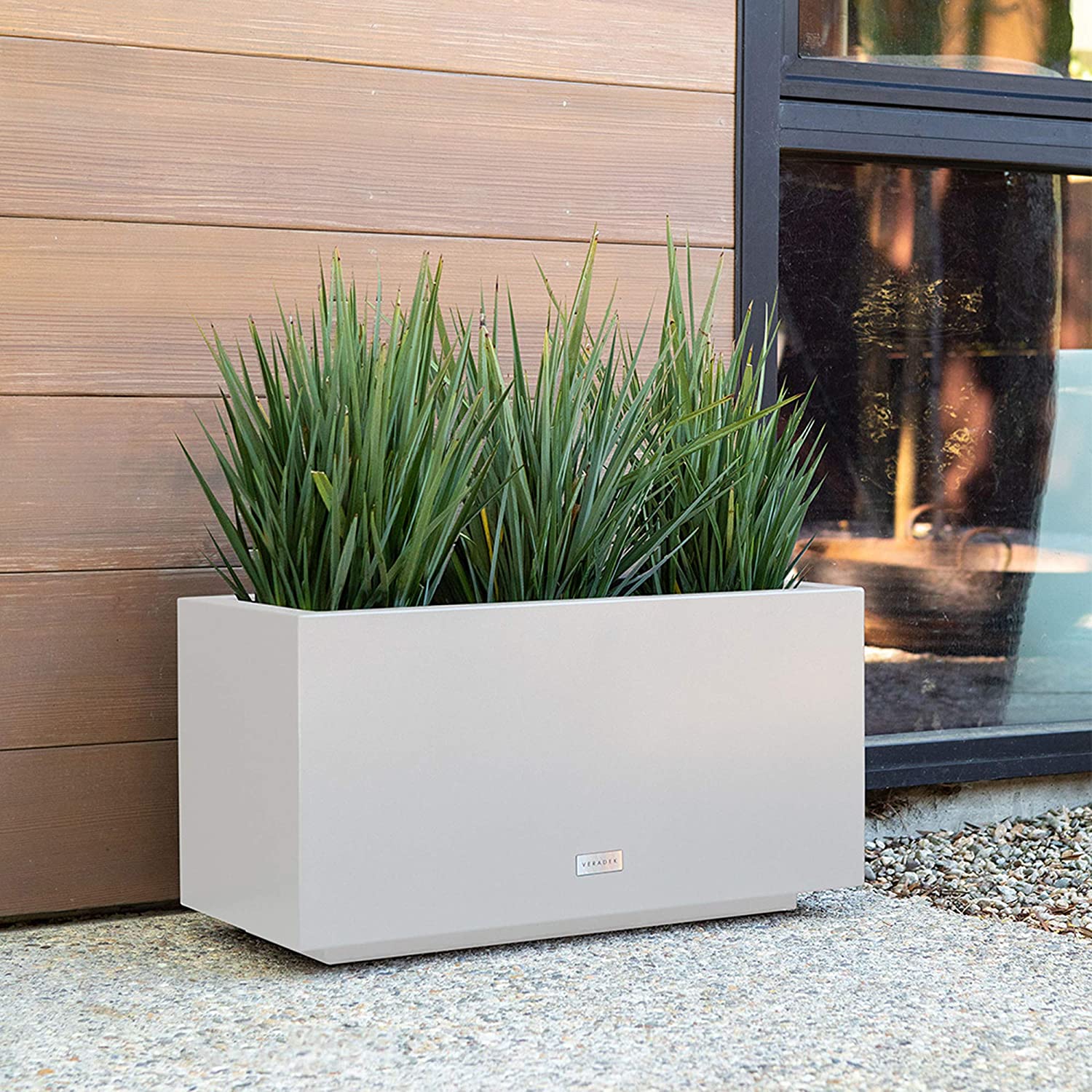

Articles
How To Fill Planter Boxes
Modified: January 19, 2024
Learn how to fill planter boxes in your garden with our step-by-step guide. Create a beautiful and thriving garden with our helpful tips and techniques.
(Many of the links in this article redirect to a specific reviewed product. Your purchase of these products through affiliate links helps to generate commission for Storables.com, at no extra cost. Learn more)
Introduction
Welcome to the world of planter boxes! These versatile and beautiful containers allow you to bring the joys of gardening to any space, whether you have a sprawling backyard or a small balcony. Filling planter boxes with vibrant flowers, lush foliage, or even herbs and vegetables can instantly transform your outdoor or indoor environment into a flourishing paradise.
But where do you begin? With so many options to choose from and factors to consider, it’s important to approach the process with a clear plan. In this guide, we will take you through the step-by-step process of filling planter boxes, covering everything from selecting the right containers to caring for your plants.
Whether you’re a seasoned gardener or just starting out, this guide is designed to provide you with essential tips and insights to ensure successful planter box filling. Let’s dive in and discover the joy of creating beautiful, vibrant, and thriving planter boxes!
Key Takeaways:
- Create a flourishing oasis by carefully selecting, preparing, and filling planter boxes with the right soil mixture and plants. Enjoy the beauty, tranquility, and joy of gardening in any space, big or small.
- Embrace the process of nurturing and maintaining planter boxes to overcome potential challenges and revel in the vibrant blooms, fresh produce, and moments of peace they bring. Share the beauty, host gatherings, and find inspiration in your garden oasis.
Read more: What To Fill Outdoor Planters With
Step 1: Selecting the right planter boxes
Choosing the right planter boxes is the first step towards creating a visually appealing and functional garden space. When selecting planter boxes, there are several factors to consider:
- Size: Consider the available space where you intend to place the planter boxes. Measure the area to determine the appropriate size, ensuring the planter boxes will fit comfortably and allow room for plant growth.
- Material: Planter boxes come in a variety of materials, such as wood, ceramic, metal, and plastic. Each material has its own pros and cons, so choose one that suits your desired aesthetic and practical requirements. Wood is popular for its natural appeal, while plastic is lightweight and durable.
- Drainage: Proper drainage is essential for the health of your plants. Look for planter boxes with drainage holes or the option to add them. This will prevent water from accumulating and causing root rot.
- Style: Consider the overall aesthetic of your garden or outdoor space. Choose planter boxes that complement the existing decor or create a harmonious contrast.
- Mobility: Depending on your needs, you may want planter boxes that are easy to move around. Look for options with built-in wheels or handles for convenient repositioning.
Take your time to research and explore various options before making a decision. Visit garden centers, browse online stores, and seek inspiration from gardening magazines or social media platforms. Remember, selecting the right planter boxes will set the foundation for a successful and visually appealing garden.
Step 2: Preparing the planter boxes
Once you have selected the perfect planter boxes for your gardening project, it’s time to prepare them for filling with soil and plants. Proper preparation will create a healthy environment for your plants to thrive. Follow these steps to ensure your planter boxes are ready:
- Clean the planter boxes: Before using the planter boxes, give them a thorough clean to remove any dirt or debris accumulated during storage or transportation. Use a mild soap and water solution, scrubbing gently with a soft brush or sponge. Rinse well and allow them to dry completely.
- Add a barrier: To protect the integrity of the planter boxes and prevent soil from leaking out, consider adding a barrier such as a plastic liner or a layer of landscape fabric. Cut the liner to fit the inside of the planter box, allowing for drainage holes if necessary. Secure it in place using staples or waterproof adhesive.
- Apply a sealant: If you are using wooden planter boxes, applying a sealant can help prolong their lifespan and protect them from moisture damage. Choose a sealant that is safe for plants, such as a water-based exterior wood sealer. Follow the manufacturer’s instructions for application and drying times.
- Elevate the planter boxes: To improve drainage and prevent the planter boxes from sitting directly on the ground, consider elevating them using pot feet, bricks, or a planter box stand. This will allow excess water to flow freely and prevent waterlogging.
By following these preparation steps, you will ensure that your planter boxes are clean, protected, and ready to be filled with the right soil mixture and plants. Taking the time to prepare your planter boxes properly will set the stage for a successful and thriving garden.
Step 3: Choosing the appropriate soil mixture
The soil mixture is a crucial element in the success of your planter box garden. It provides essential nutrients, proper drainage, and a healthy environment for your plants to grow. When choosing the soil mixture, consider the following factors:
- Quality: Use high-quality potting soil or a soilless mix specifically formulated for containers. These mixes are lightweight, well-draining, and enriched with nutrients, ensuring optimal plant growth.
- Texture: Look for a soil mixture that has a good balance of organic matter, such as compost or peat moss, and inorganic materials like perlite or vermiculite. This combination promotes proper drainage and aeration, allowing the roots to breathe and grow.
- Nutrient content: Consider a soil mixture that contains organic fertilizers or slow-release granules to provide a steady supply of nutrients to your plants. Alternatively, you can add organic matter, such as compost or well-rotted manure, to enrich the soil.
- pH level: Different plants require different pH levels of soil. Research the pH preferences of the plants you plan to grow and choose a soil mixture with a pH within their preferred range.
When filling your planter boxes, ensure that you fill them to about an inch below the rim to leave space for watering. After filling, lightly tamp down the soil to remove any air pockets and ensure even distribution.
Remember, the soil mixture is the foundation for healthy plant growth, so investing in a high-quality mix tailored to container gardening is essential. Your plants will thank you with vibrant foliage, beautiful flowers, and plentiful harvests!
Step 4: Planting the desired plants
Now comes the exciting part – planting your chosen plants in the prepared planter boxes. Here are the steps to follow:
- Plan your design: Before planting, consider the overall design and arrangement of your planter boxes. Take into account the height, texture, and color of the plants you’ve selected. Create a visually pleasing arrangement by varying the heights and combining plants with complementary colors.
- Prepare the plants: Gently remove the plants from their nursery containers, taking care not to damage the roots. If the roots are tightly packed, gently loosen them to encourage growth.
- Planting depth: Place the plants in the planter boxes at their appropriate planting depth. Be sure to follow any specific planting instructions provided for individual plants. As a general guideline, the top of the root ball should be level with or slightly above the soil surface.
- Spacing: Give your plants room to grow by allowing adequate spacing between them. This will prevent overcrowding and promote better airflow and nutrient absorption.
- Firmly plant: Once positioned, gently backfill the remaining space with soil mixture, pressing down gently to ensure the plants are securely in place. Avoid packing the soil too tightly, as this can hinder root development.
- Water thoroughly: After planting, give your new plants a good watering to settle the soil and hydrate the roots. Ensure the water reaches the entire depth of the planter box.
It’s important to choose plants that are suitable for your specific growing conditions, such as sun exposure and climate. Consider factors like sun or shade tolerance, water requirements, and the expected size of the plants at maturity.
By following these steps and carefully planting your desired plants, you’ll create a visually stunning and thriving planter box garden that will bring you joy throughout the seasons.
When filling planter boxes, start with a layer of drainage material such as gravel or pebbles at the bottom to prevent waterlogging. Then, add a mix of potting soil and compost for healthy plant growth.
Read more: How To Fill Outdoor Planters
Step 5: Watering and maintaining the planter boxes
Watering and maintaining your planter boxes is essential for the health and longevity of your plants. Follow these guidelines to ensure proper watering and upkeep:
- Monitor soil moisture: Regularly check the moisture level of the soil in your planter boxes. Stick your finger about an inch deep into the soil. If it feels dry, it’s time to water. If it’s still moist, wait a bit longer before watering to avoid overwatering.
- Water thoroughly: When it’s time to water, ensure you thoroughly moisten the soil. Water until you see water coming out of the drainage holes. This ensures deep root hydration and helps flush out any accumulated salts or impurities.
- Drain excess water: Ensure there is proper drainage in your planter boxes to prevent waterlogging. If the planter boxes are not elevated, use a saucer or tray under the pots to catch excess water and empty it out to prevent root rot.
- Fertilize regularly: To provide ongoing nutrition to your plants, regularly fertilize them according to the specific needs of the plant species. This could be using slow-release granules or applying liquid fertilizer every few weeks. Follow the instructions on the fertilizer packaging for the correct amounts and application frequency.
- Remove dead or damaged foliage: Regularly inspect your plants for any dead or damaged leaves or stems. This not only maintains the aesthetics of your planter boxes but also helps prevent the spread of diseases or pests.
- Pest control: Keep an eye out for any signs of pests such as aphids or snails. If you notice an infestation, take appropriate measures such as using organic pest control methods or seeking advice from a local garden center.
- Pruning and shaping: Depending on the growth habit of your plants, occasional pruning may be necessary to maintain their shape and encourage healthy growth. Trim back any leggy or overgrown branches to promote bushier growth.
Regularly observing and attending to the watering and maintenance needs of your planter boxes will ensure the longevity and vibrancy of your plants. With proper care, your planter boxes will continue to delight you with beautiful blooms and lush foliage.
Step 6: Dealing with potential issues
While planter boxes offer a wonderful gardening experience, they can sometimes present certain challenges. Here are common issues and how to handle them:
- Overwatering: Overwatering can lead to root rot and other plant diseases. Allow the soil to dry out slightly between watering to prevent this issue. Adjust your watering schedule or consider using a moisture meter to gauge the moisture level.
- Underwatering: On the other hand, underwatering can cause stress to your plants. Ensure you give them adequate water to sustain their growth. Monitor soil moisture and adjust watering accordingly.
- Nutrient deficiency: If your plants exhibit yellowing leaves, slow growth, or poor flowering, they may be suffering from nutrient deficiencies. Address this by fertilizing with a balanced, water-soluble fertilizer or using organic methods like compost or liquid fish emulsion.
- Pest infestations: Monitor your plants for signs of pests, such as aphids, mealybugs, or spider mites. Promptly act to control the infestation using natural or organic pest control methods or seek professional advice if necessary.
- Disease control: Common plant diseases like powdery mildew or fungal infections can occur in planter boxes. Ensure proper air circulation, avoid overwatering, and promptly remove any infected plant parts to prevent the spread of disease. Using disease-resistant plant varieties can also help prevent such issues.
- Improper plant selection: Sometimes, plants may struggle or fail to thrive in your planter boxes due to inappropriate growing conditions. Research the specific requirements of the plant species you choose and ensure they are suitable for your climate, light exposure, and watering habits.
- Extreme weather conditions: Planter boxes are vulnerable to extreme weather conditions, such as heatwaves or frost. Provide shade or move the boxes temporarily to a more sheltered area during extreme heat. Similarly, protect them from cold temperatures by bringing them indoors or covering them with protective materials.
By promptly addressing these potential issues and taking necessary action, you can overcome challenges and keep your planter boxes thriving. Remember, no garden is without its obstacles, but with a proactive approach, you can maintain a healthy and beautiful garden.
Step 7: Enjoying the filled planter boxes
Congratulations! You’ve gone through the process of selecting, preparing, filling, and maintaining your planter boxes. Now it’s time to sit back, relax, and enjoy the beauty and tranquility of your filled planter boxes. Here are some ways to fully appreciate and get the most out of your garden:
1. Admire the blooms: Take the time to appreciate the vibrant colors, textures, and scents of your plants. Whether it’s a cascade of colorful flowers or a collection of lush foliage, let the beauty of nature enhance the atmosphere of your outdoor or indoor space.
2. Create a cozy seating area: Arrange a comfortable seating area near your planter boxes, allowing you to relax and enjoy the view. Whether it’s a cozy chair or a bench, having a designated spot to unwind will encourage you to spend more time in your garden oasis.
3. Host gatherings and entertain: Planter boxes can create a welcoming ambiance for social gatherings. Arrange them strategically to define outdoor living spaces and provide privacy. They can serve as natural dividers or create a beautiful backdrop for small parties or intimate gatherings.
4. Harvest fresh produce: If you’ve planted vegetables or herbs in your planter boxes, embrace the joy of harvesting your own fresh produce. Harvesting and using homegrown herbs and vegetables in your cooking will not only add flavor but also a sense of accomplishment and connection to nature.
5. Experiment with seasonal displays: As seasons change, consider refreshing and adjusting the plants in your planter boxes to reflect the time of year. Embrace the opportunity to explore different color palettes, plant combinations, and seasonal decor to keep your garden dynamic and visually appealing.
6. Share the beauty: Share the joy and beauty of your filled planter boxes with friends, family, and neighbors. Invite them over to admire your gardening efforts, offer cut flowers as gifts, or share your bountiful harvest. The joy of gardening is even more fulfilling when it’s shared with others.
7. Reflect and appreciate: Take a moment each day to reflect, meditate, or simply enjoy the peace and serenity that your filled planter boxes provide. Gardening has a calming effect and allows for moments of mindfulness, helping you to connect with nature and find inner tranquility.
Remember, your planter boxes are a personal expression of your creativity and love for gardening. Enjoy the journey of nurturing and watching your garden flourish. With proper care and appreciation, your filled planter boxes will become a sanctuary that brings you endless delight.
Conclusion
Creating and filling planter boxes is a rewarding and fulfilling experience that allows you to bring the beauty of nature into any space, whether big or small. By following the steps outlined in this guide, you can successfully select the right planter boxes, prepare them, choose the appropriate soil mixture, plant with care, and maintain your garden for optimal growth and beauty.
Through careful planning and thoughtful design, your planter boxes can become captivating focal points that enhance the ambiance and aesthetic of your outdoor or indoor environment. The vibrant colors, textures, and scents of your plants will create a soothing and inviting atmosphere, providing a haven where you can relax, entertain, and connect with nature.
As you tend to your planter boxes, observing the growth and blooming of your plants, you will find joy in the process of nurturing and witnessing the beauty that unfolds. From the first sprout to the bountiful harvest, your planter boxes will be a testament to your love of gardening.
Remember to address any issues that may arise promptly and with care. By providing adequate water, nutrients, and monitoring for pests and diseases, you can maintain a healthy and thriving garden that will bring you satisfaction and pride.
Finally, take the time to enjoy and appreciate your filled planter boxes. Whether it’s spending moments of tranquility, hosting gatherings, or sharing the beauty with others, your garden will be an oasis of peace and inspiration.
So go ahead, embark on your planter box journey, and let your creativity and passion for gardening flourish. May your filled planter boxes bring you endless beauty, relaxation, and a sense of connection with the natural world.
Frequently Asked Questions about How To Fill Planter Boxes
Was this page helpful?
At Storables.com, we guarantee accurate and reliable information. Our content, validated by Expert Board Contributors, is crafted following stringent Editorial Policies. We're committed to providing you with well-researched, expert-backed insights for all your informational needs.
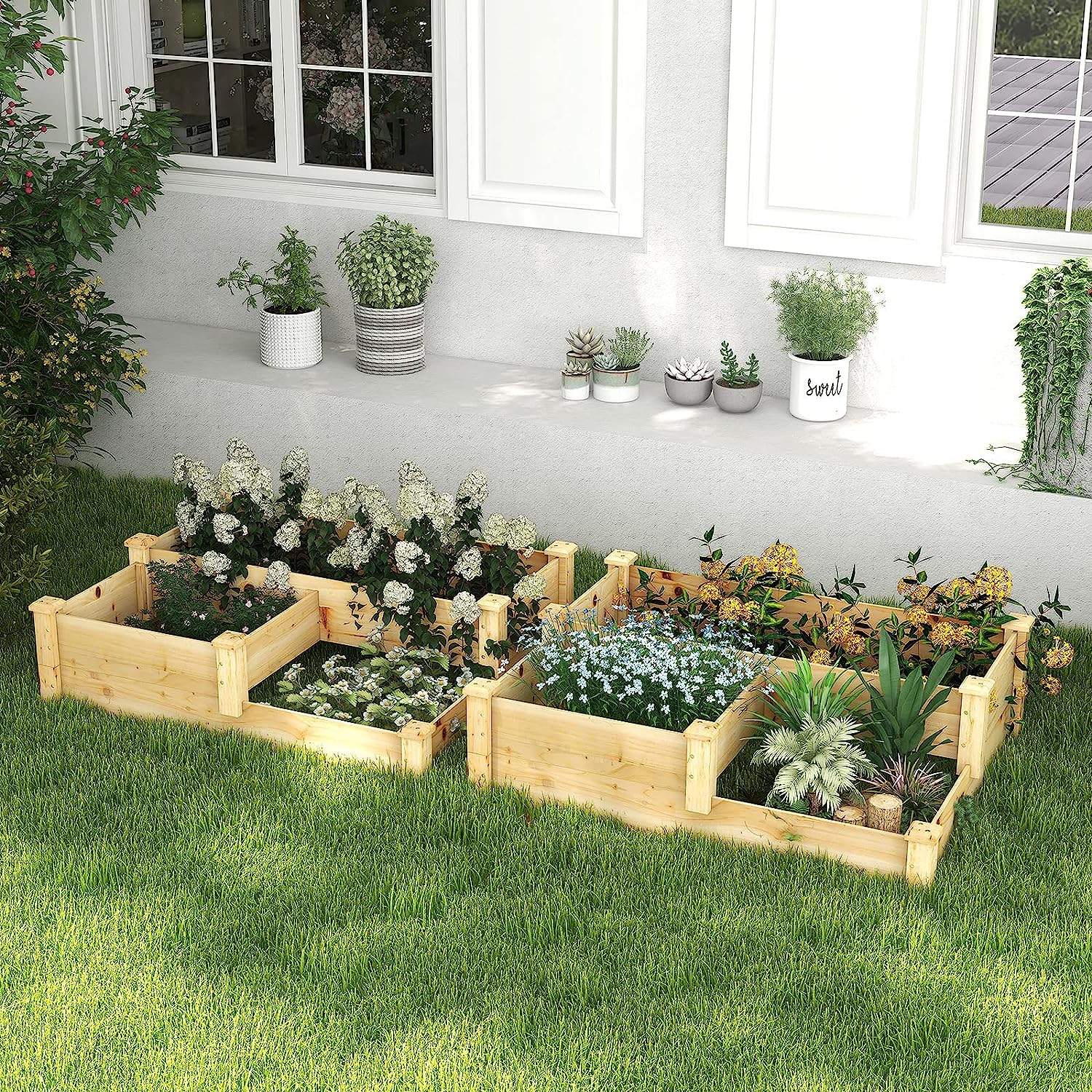
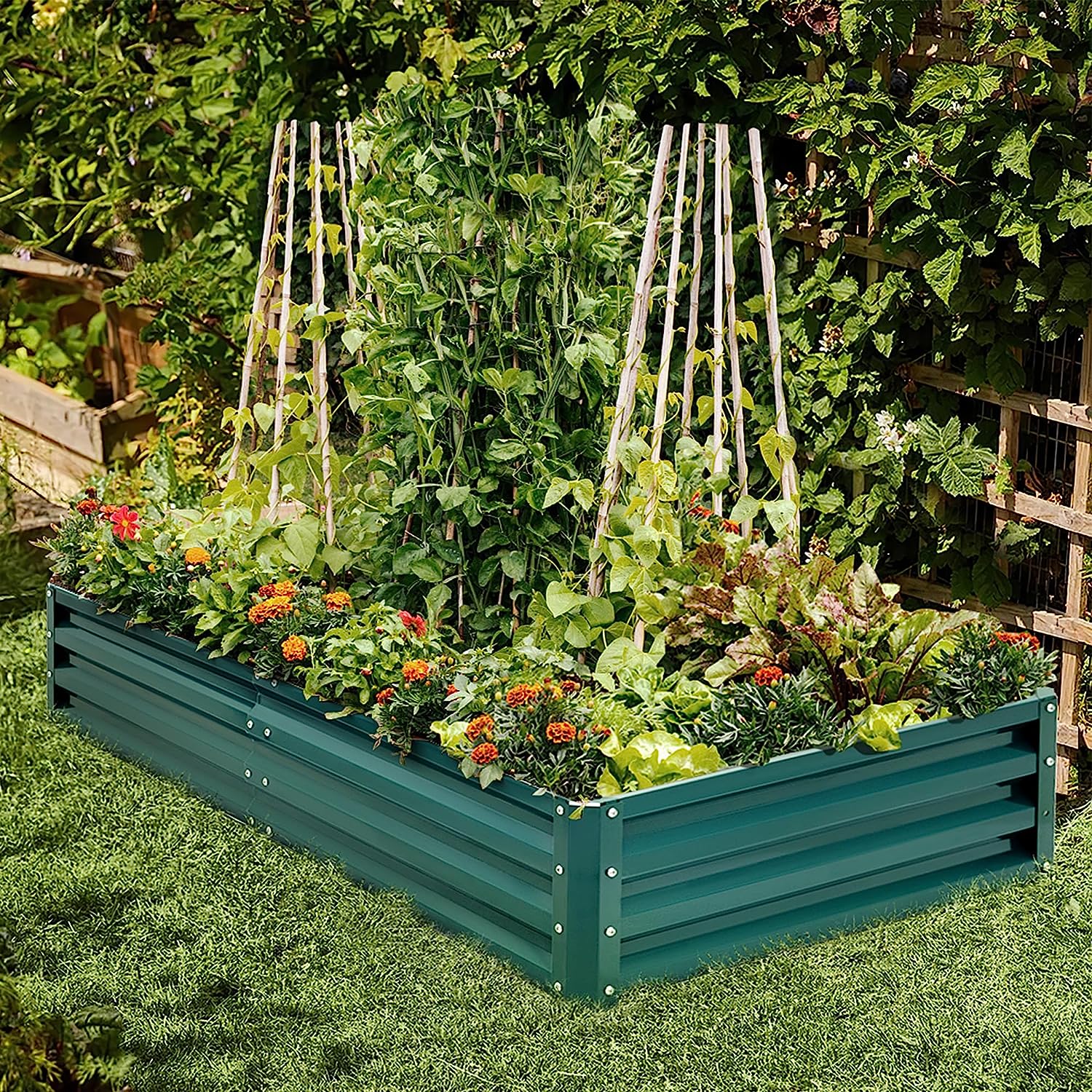
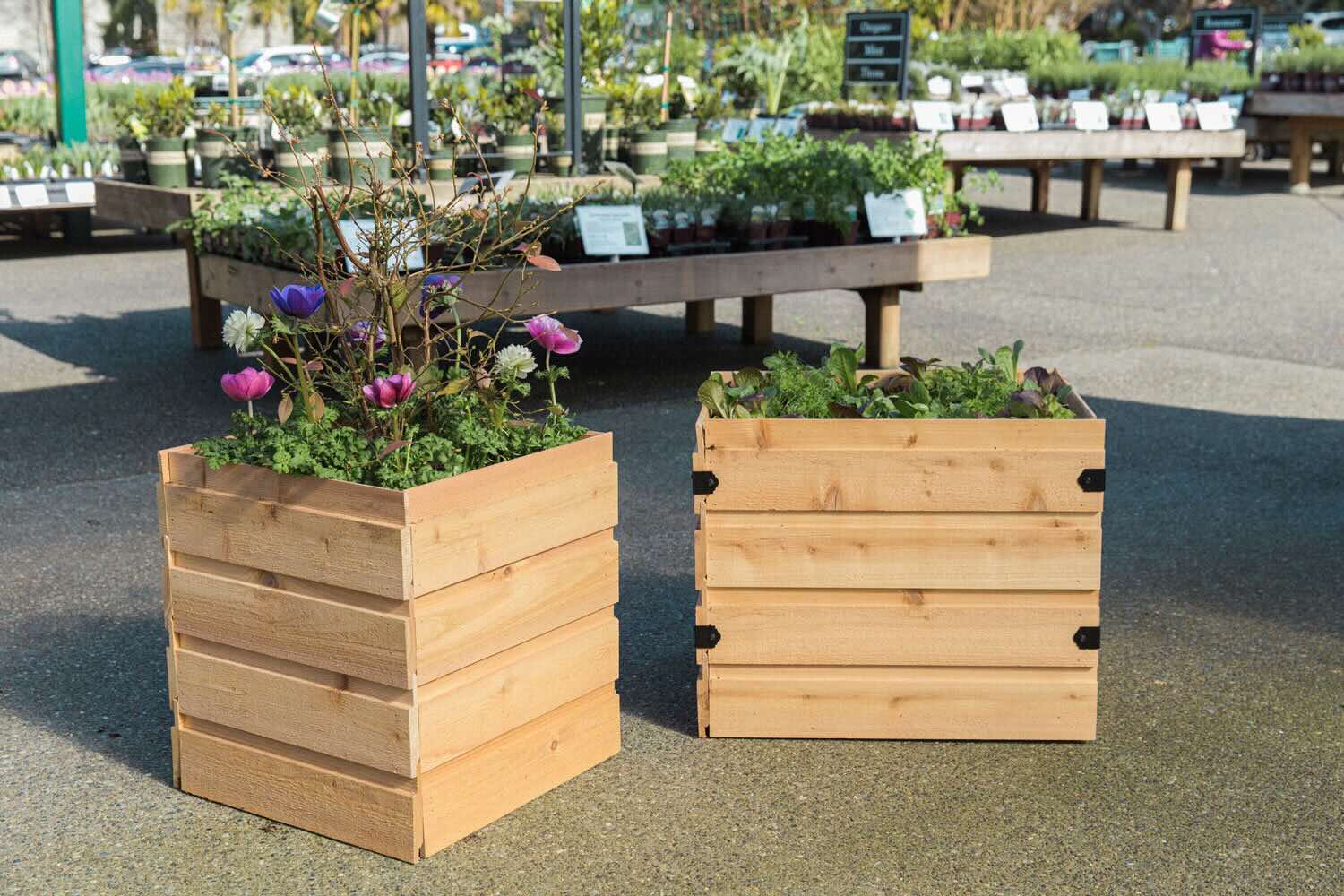
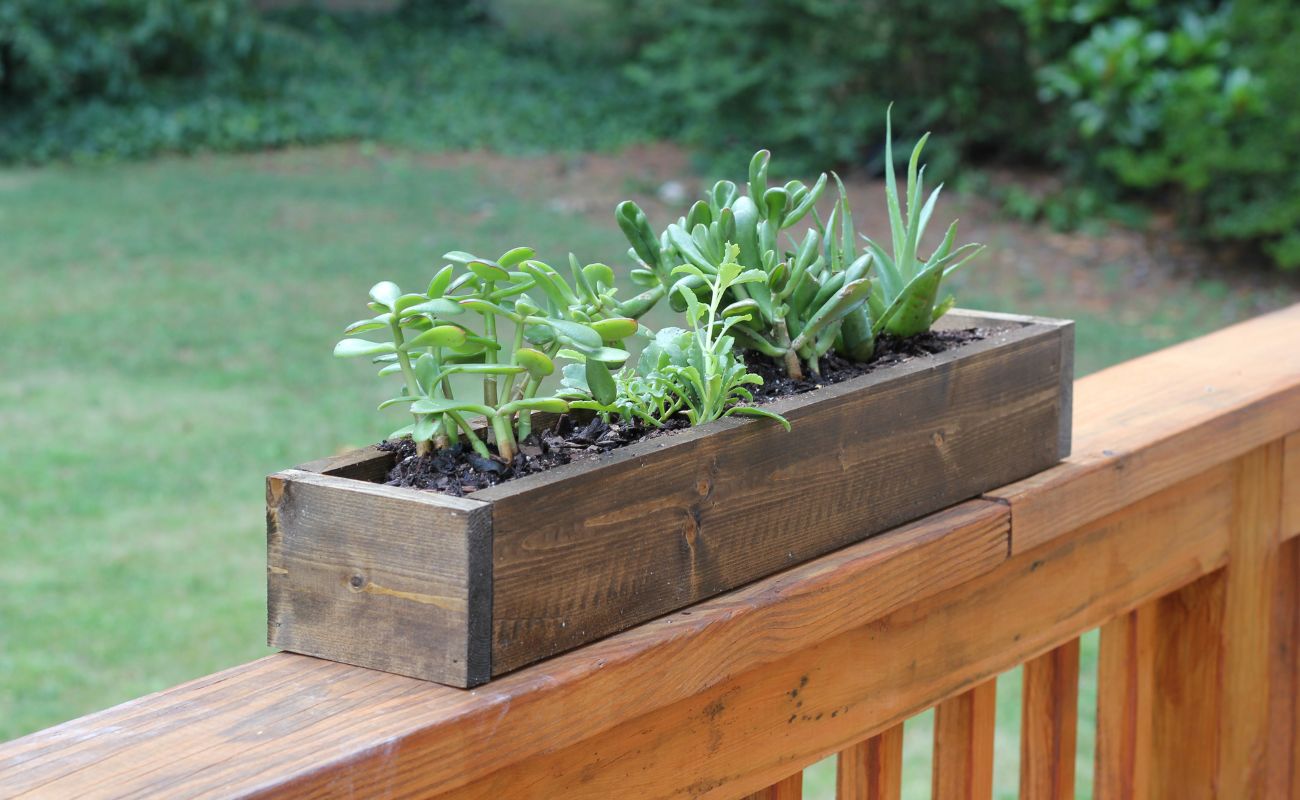
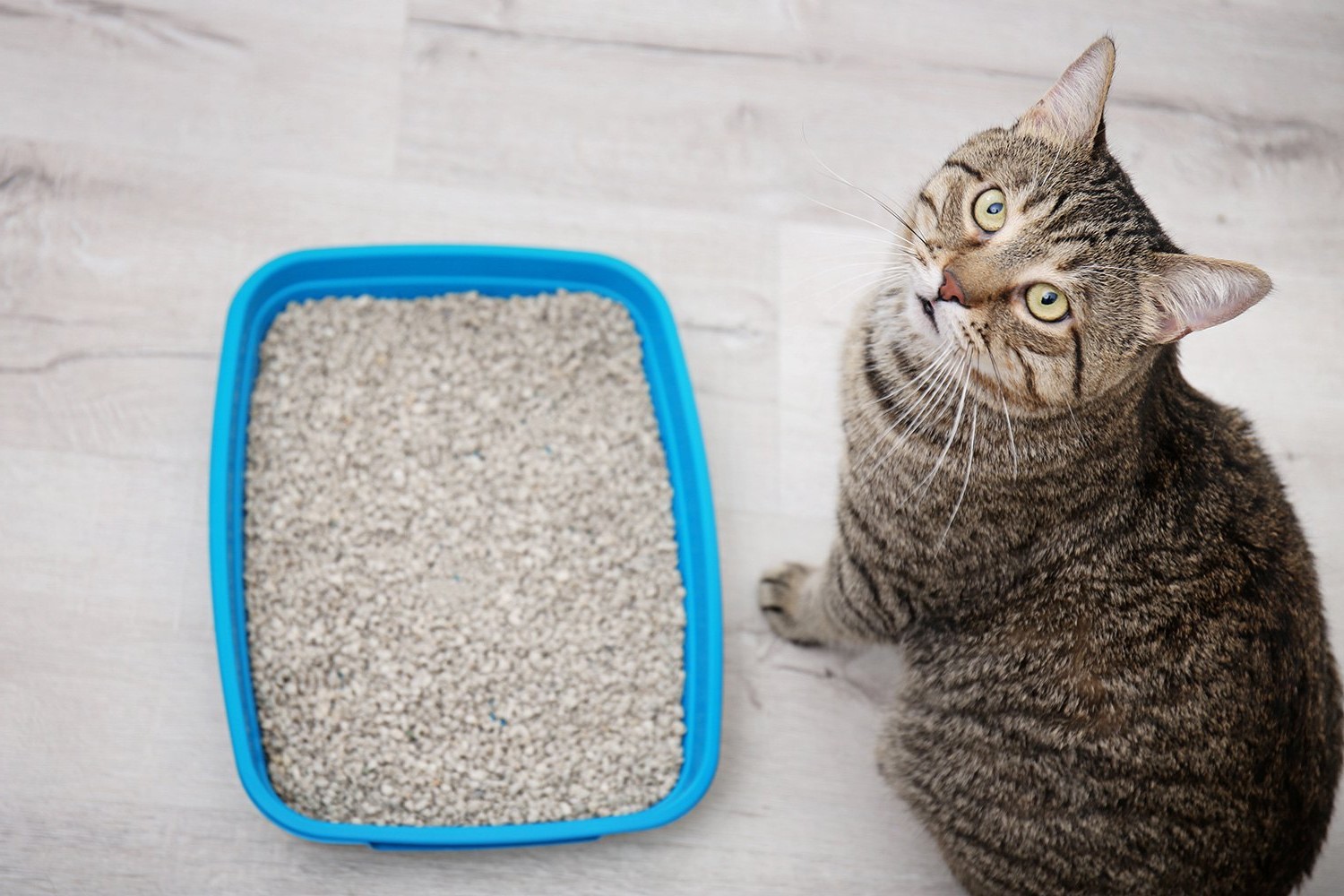
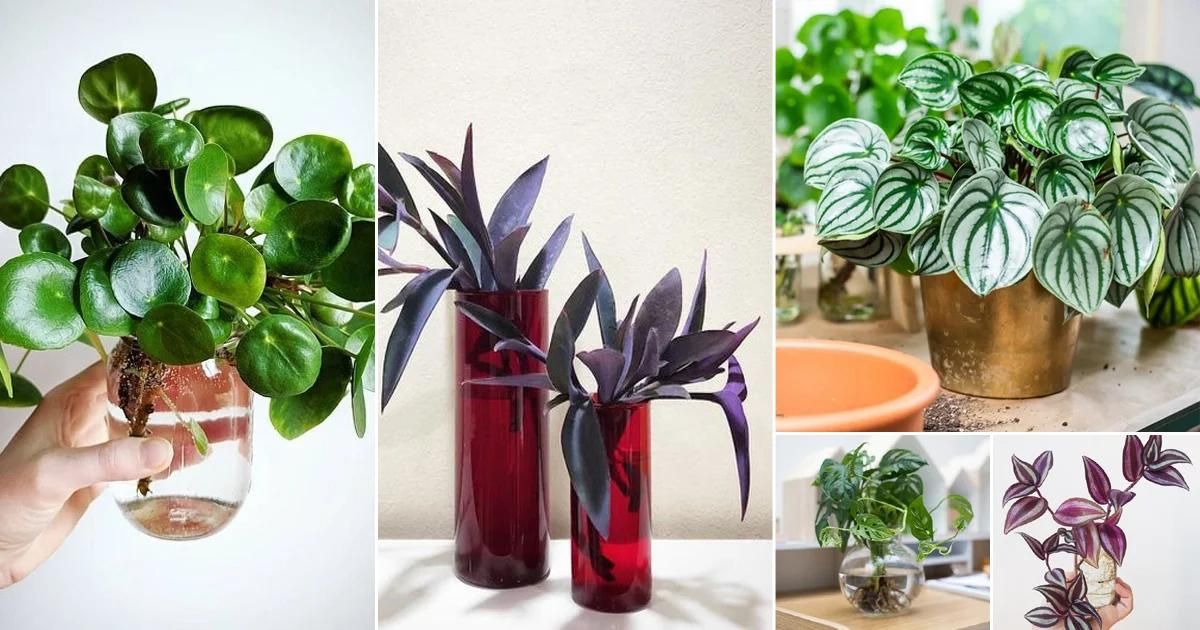
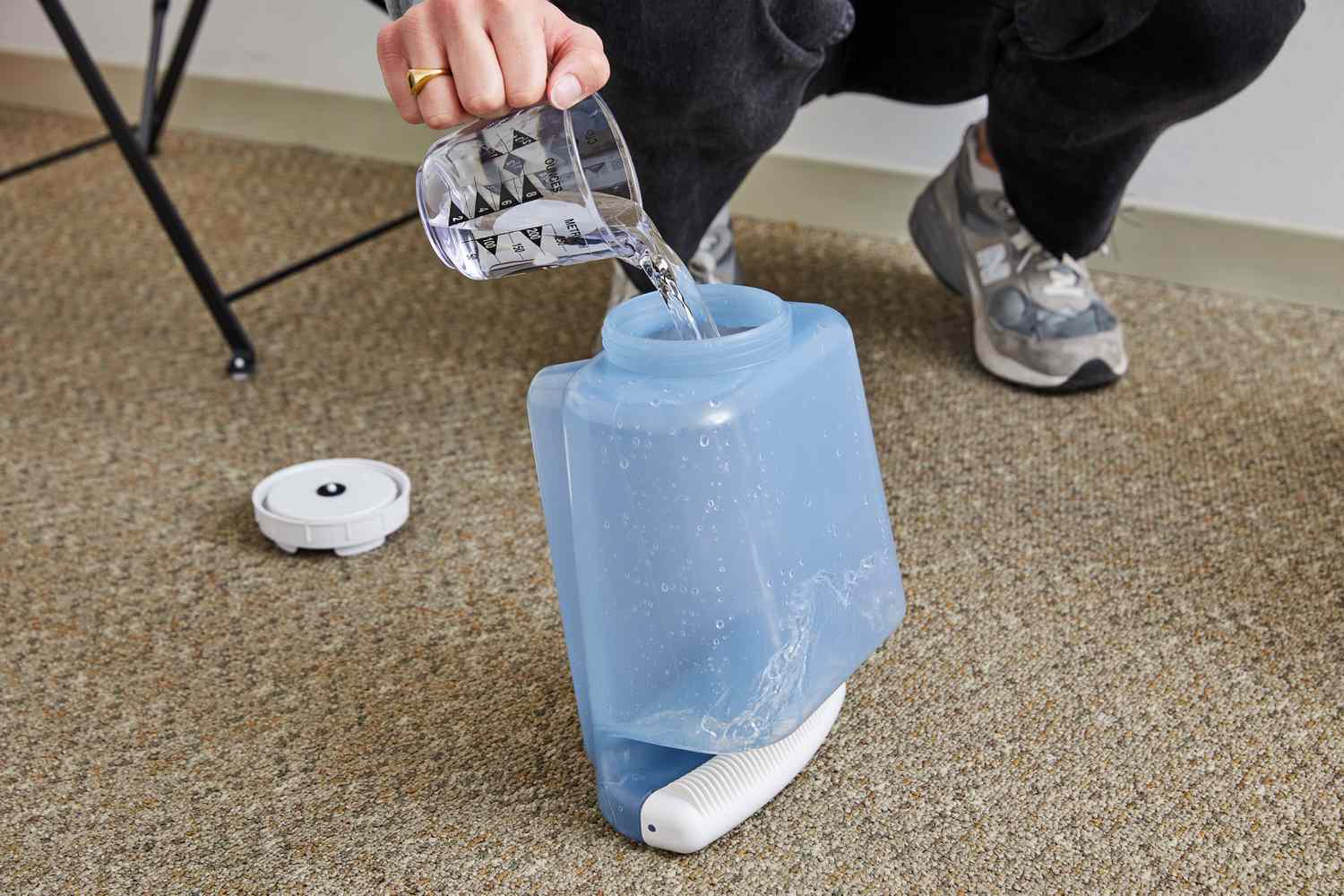
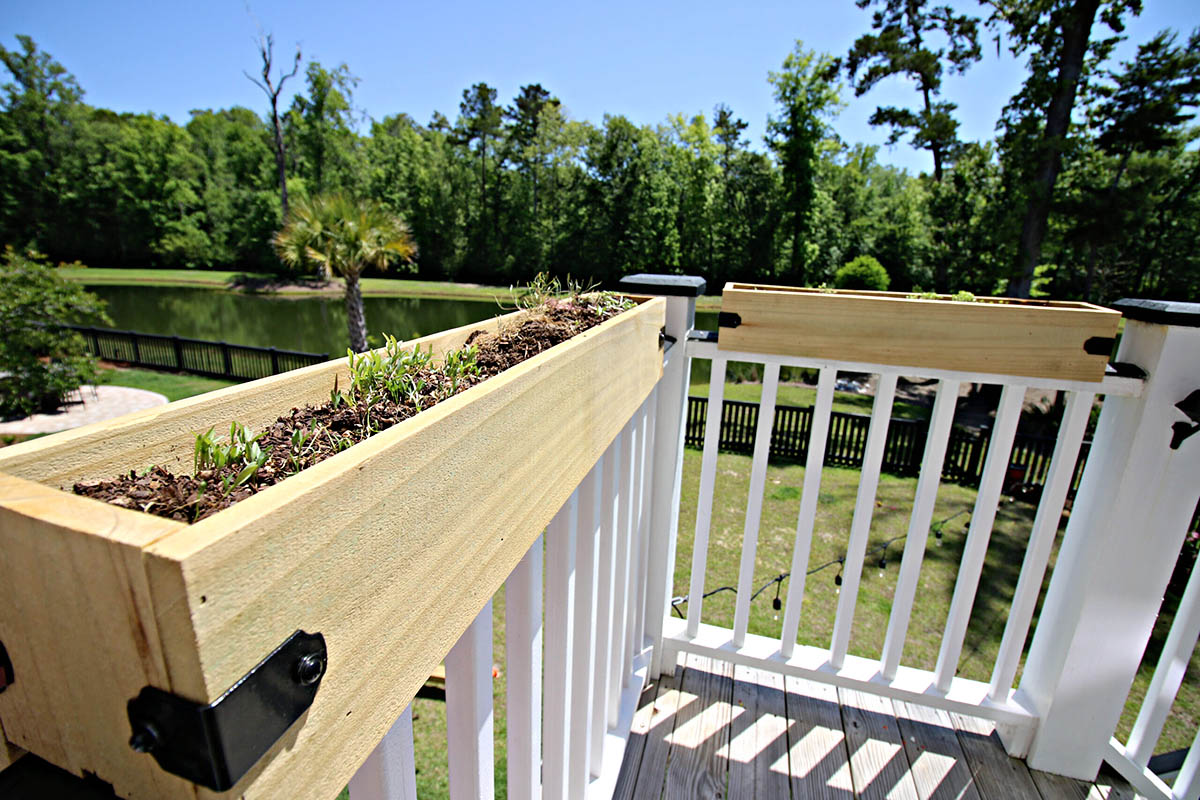
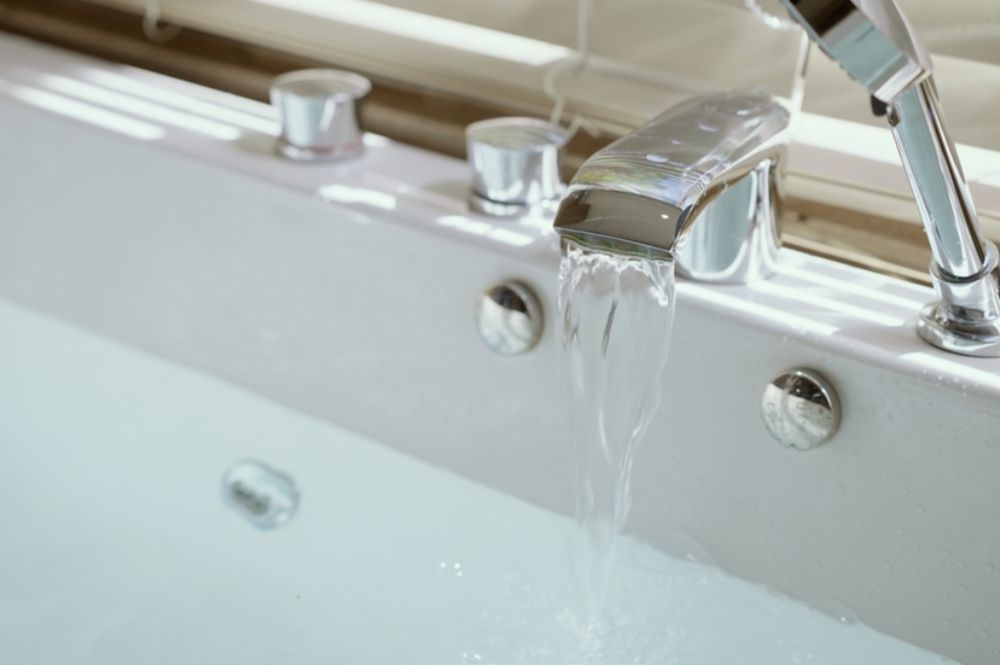
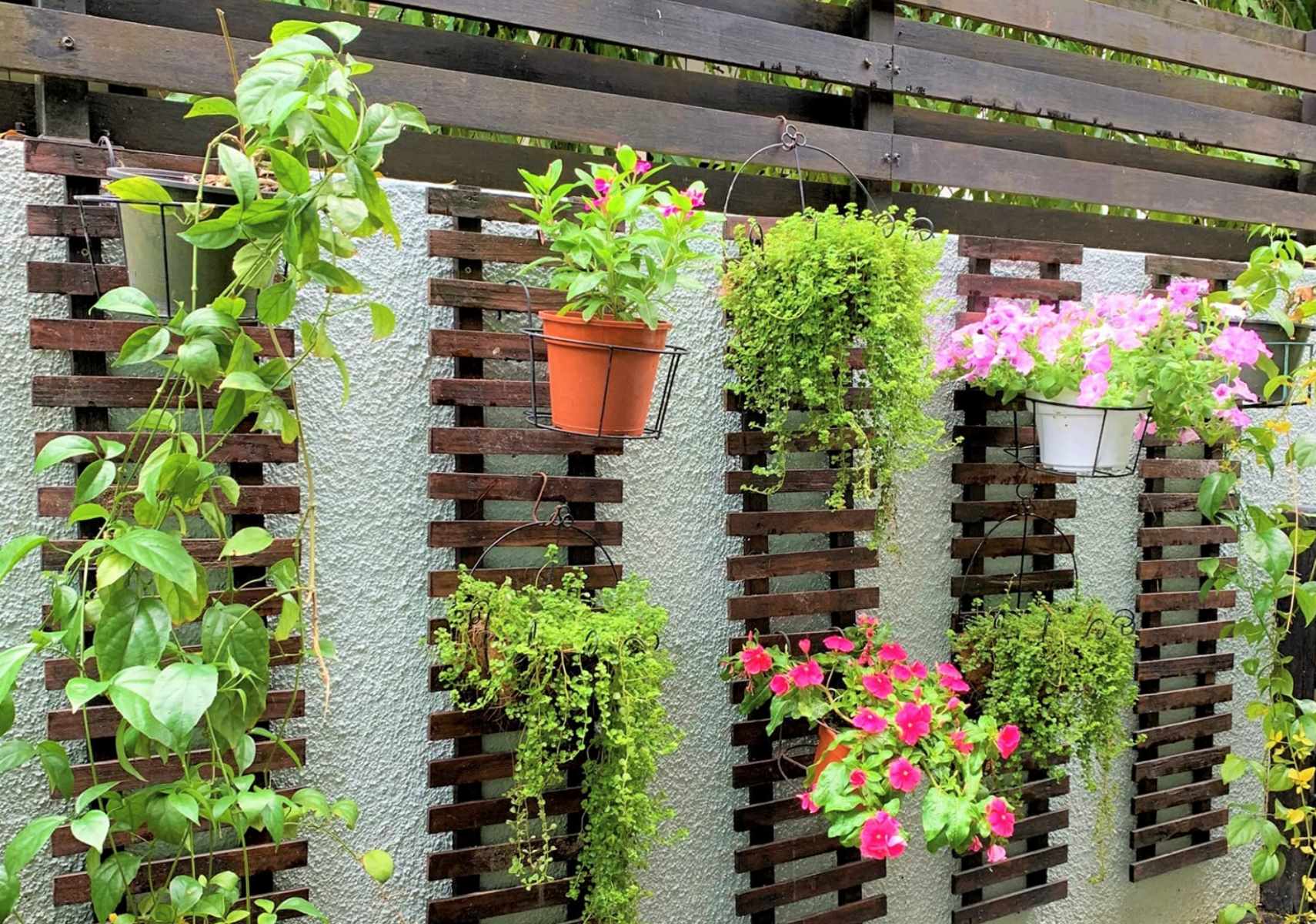
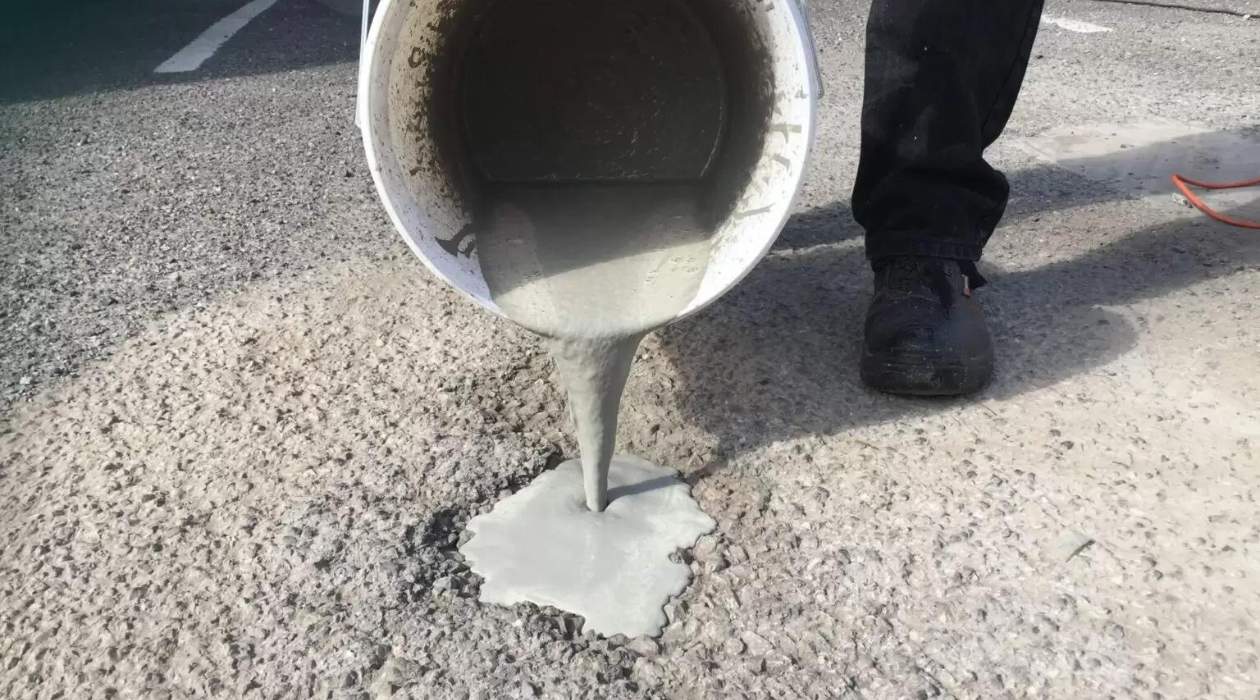
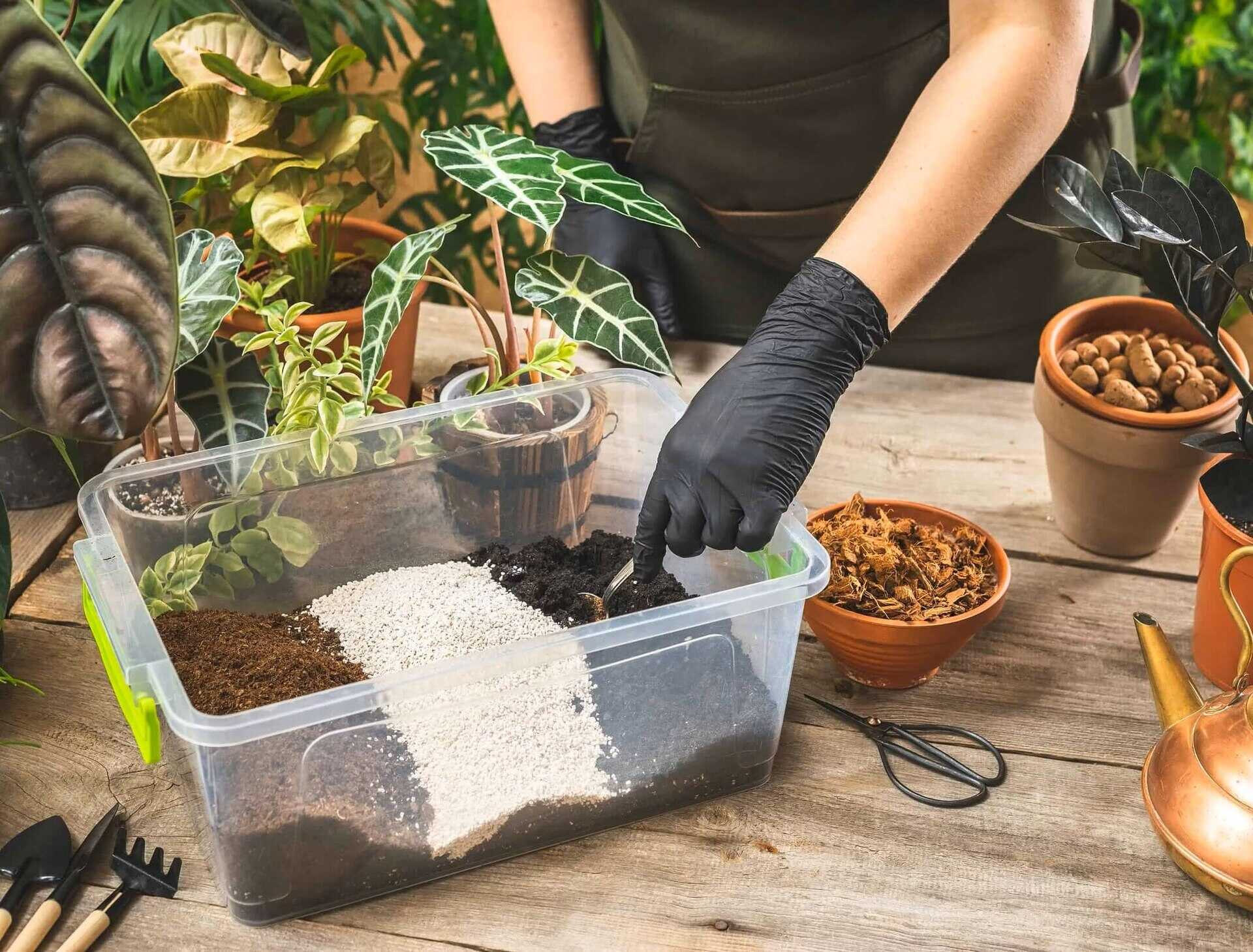
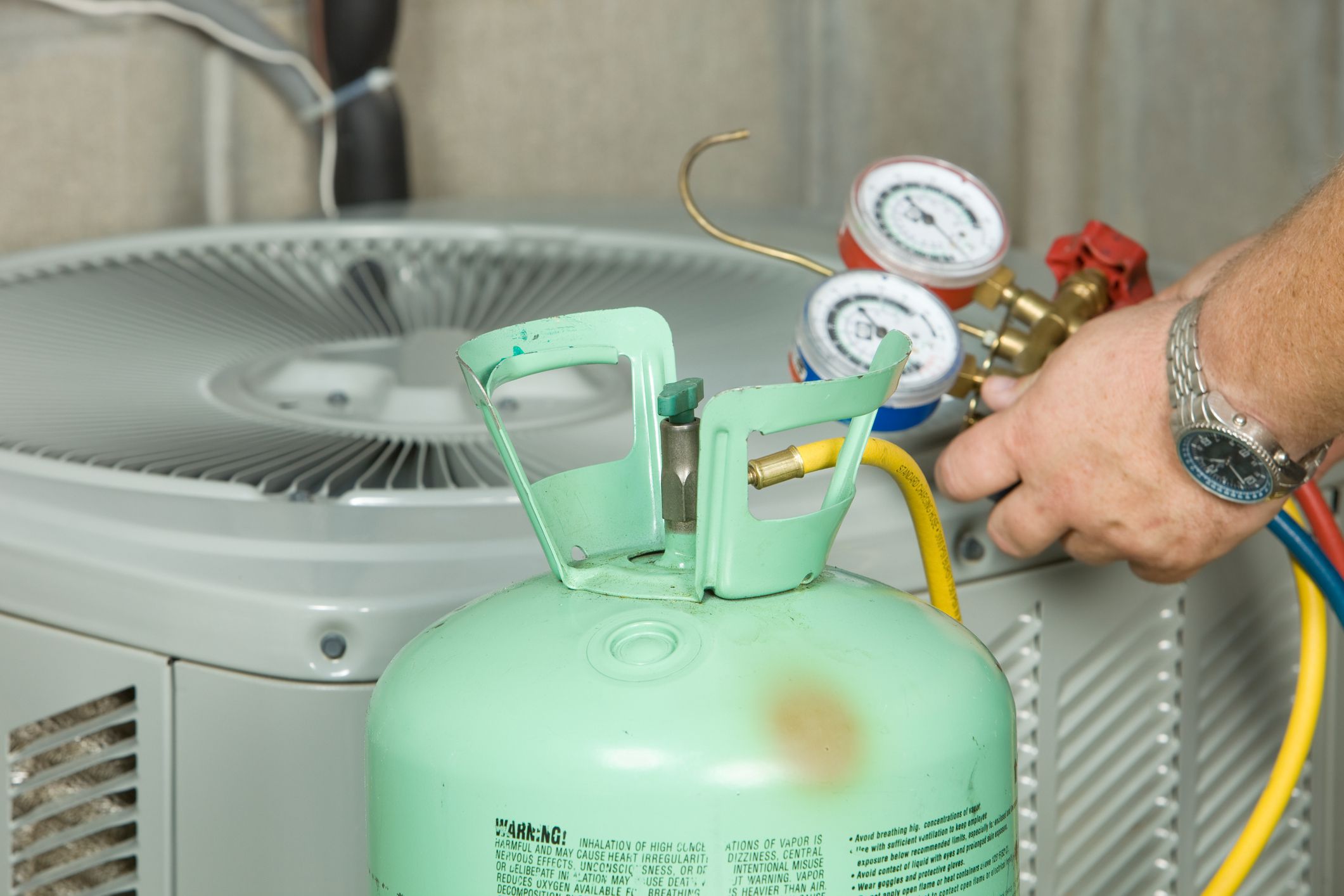
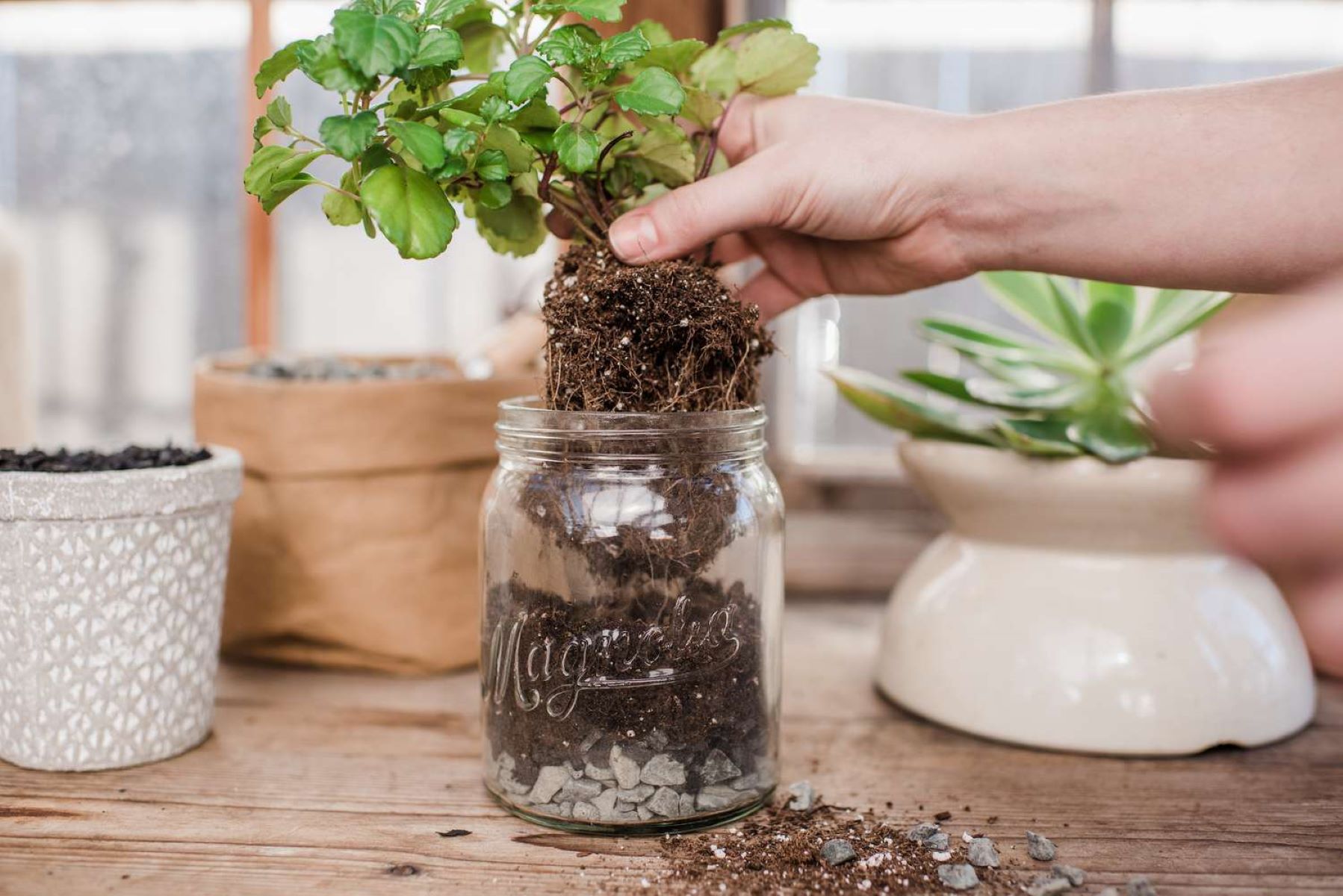

0 thoughts on “How To Fill Planter Boxes”